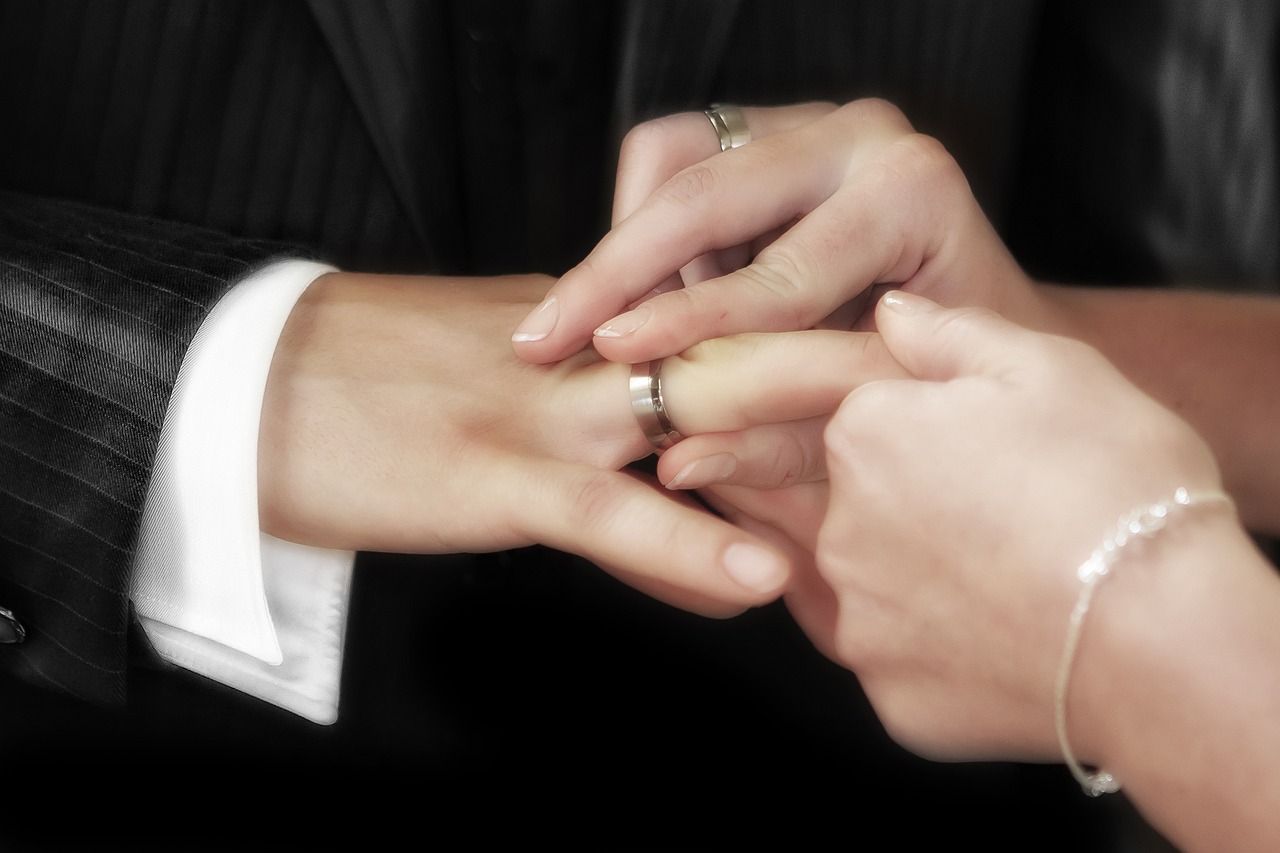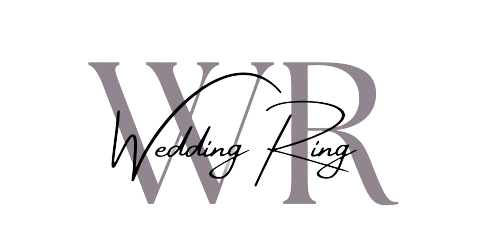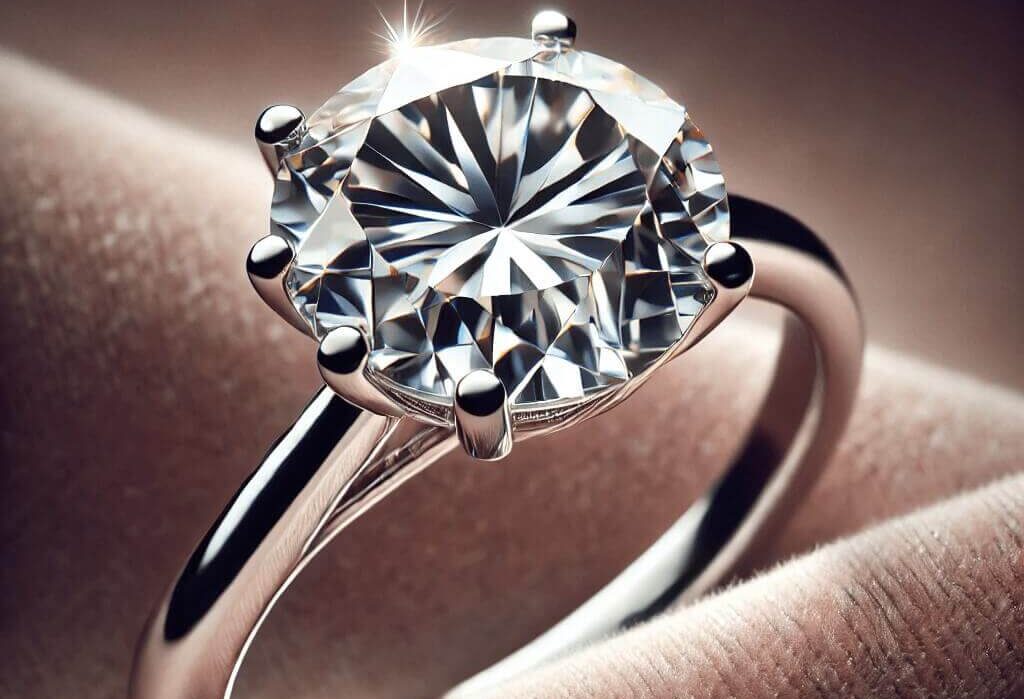Introduction: Why the Hand Matters for Men’s Wedding Rings
When choosing a wedding ring for men, one common question arises: which hand should the ring be worn on? This seemingly simple decision is deeply rooted in tradition and cultural significance. Understanding the appropriate hand for men’s wedding rings can help you align with customs and personal preferences, ensuring that your choice feels both meaningful and authentic. In this article, we will explore various traditions, modern practices, and key considerations to guide you in making an informed decision.
The Tradition of Men’s Wedding Rings
Men’s wedding rings have long symbolized commitment and unity. This tradition dates back to ancient times, with each culture adapting the custom to fit its unique beliefs. Learning about these traditions offers insight into why the choice of hand is significant and how it has evolved.
Historical Significance of Wedding Rings
Historically, wedding rings symbolized eternal love and fidelity. The practice of wearing a ring to signify marriage began in ancient Egypt, where rings were believed to represent eternity. Over the centuries, this tradition spread across cultures, each adapting it to fit its societal norms.
Which Hand for Men’s Wedding Rings? A Global Perspective
The placement of men’s wedding rings varies significantly across cultures. Here’s how different regions approach this tradition:
United States and Canada: The Left-Hand Tradition
In the U.S. and Canada, men typically wear their wedding rings on the fourth finger of the left hand. This tradition stems from the ancient Roman belief in the “vena amoris,” or “vein of love,” which was thought to connect this finger directly to the heart. This symbolic connection makes the left hand the preferred choice for many.
United Kingdom and Australia: Similar Traditions
Men in the United Kingdom and Australia also wear their wedding rings on the left hand. This practice mirrors the same cultural and historical beliefs about the left hand’s connection to the heart.
Germany and Russia: The Right-Hand Tradition
In Germany and Russia, men prefer to wear their wedding rings on the right hand. This tradition is associated with different symbolic meanings, such as strength and integrity. For men in these countries, the right hand represents these important qualities.
India: Evolving Traditions
In India, wedding rings were traditionally worn on the right hand, as the left hand was considered impure. However, modern influences and Western practices have led many to adopt the left-hand tradition for wedding rings.
Greece and Spain: Engagement Ring Placement
In Greece and Spain, engagement rings are initially worn on the right hand and then moved to the left hand after marriage. This practice reflects a blend of cultural and religious traditions, highlighting the significance of both engagement and marriage phases.
Engagement Rings vs. Wedding Rings: Placement Differences
The Role of Engagement Rings
Engagement rings often have different placement rules compared to wedding rings. Typically, engagement rings are worn on the same finger but may switch hands during the wedding ceremony. In some cultures, the engagement ring moves from the left hand to the right hand before the wedding to make room for the wedding band.
Why Placement Matters
The placement of both engagement and wedding rings can vary based on personal preferences and cultural traditions. Understanding these differences helps individuals choose the most meaningful and comfortable option for themselves.
Cultural Variations: A Closer Look
Jewish Tradition
In Jewish tradition, the wedding ring is placed on the right index finger during the ceremony and later moved to the left hand. This practice highlights the symbolic importance of the right hand in the wedding ceremony.
Orthodox Christians
Orthodox Christians often wear their wedding rings on the right hand. This tradition underscores the right hand’s significance in religious ceremonies and practices.
Brazil: Engagement to Marriage Transition
In Brazil, couples exchange engagement rings on the right hand and move them to the left hand during the wedding. This practice symbolizes the transition from engagement to marriage, reflecting the evolving nature of the relationship.
Modern Trends: Personal Preferences
The Shift Toward Personal Choice
In recent years, many couples have moved away from strictly traditional practices in favor of personal preference. Factors such as comfort, style, and individual significance now play a more prominent role in deciding which hand to wear the wedding ring on.
Blending Tradition with Personal Style
Modern couples often blend traditional practices with their personal preferences. This approach allows for a personalized touch while still honoring cultural and historical traditions.
The Symbolism of Men’s Wedding Rings
More Than Just Jewelry
Men’s wedding rings symbolize love, fidelity, and commitment. The choice of hand can enhance the symbolic meaning of the ring, reflecting personal and cultural values.
Choosing the Right Ring
When selecting a wedding ring, consider factors such as material, style, and how the ring will be worn. The right choice will align with your personal style and cultural preferences, ensuring the ring holds special significance.
Table: Wedding Ring Placement by Region
| Region | Typical Hand & Finger for Wedding Ring | Cultural Influence |
|---|---|---|
| USA & Canada | Left hand, fourth finger | Roman tradition of the “vein of love” |
| Germany & Russia | Right hand, fourth finger | Symbolizes strength and integrity |
| India | Traditionally right, now often left | Evolving traditions and Western influences |
| Greece & Spain | Right hand for engagement, left post-wedding | Combination of religious and local customs |
| Brazil | Right hand for engagement, left for marriage | Symbolizes transformation from engaged to married |
Deciding on Ring Placement: Key Factors
Cultural Norms and Personal Comfort
When choosing where to wear your wedding ring, consider cultural norms, personal comfort, and the symbolic meaning of the placement. Your choice should reflect both your personal style and cultural values.
Embracing Your Unique Tradition
Ultimately, choosing which hand to wear your wedding ring on is a personal decision. Embrace your unique tradition while considering both practical and symbolic aspects.
Conclusion: Make Your Choice with Confidence
Choosing the right hand for your wedding ring is a meaningful decision that reflects both tradition and personal preference. Whether you follow historical practices or opt for a modern approach, your wedding ring will symbolize your commitment and love. Make your choice with confidence, knowing it represents your unique story and values.




